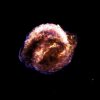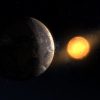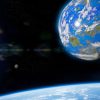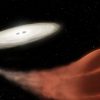NASA found a bunch more potentially habitable planets0
- From Around the Web, Space
- June 20, 2017
But our days of massive exoplanet dumps may be numbered.
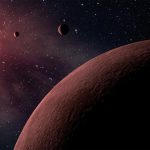
But our days of massive exoplanet dumps may be numbered.
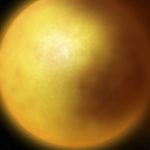
Twenty-three new objects have been added to the growing collection of stars observed to have unusual dips in their light curves. A recent study examines these stars and the potential causes of their strange behavior.
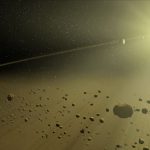
Starving stars are more common than intelligent life
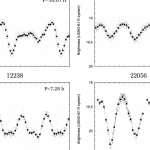
Kepler has had managed to ‘catch’ many meteors and asteroids in its mission to observe stars, and some astronomers have decided to use this data.
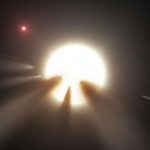
A star known by the unassuming name of KIC 8462852 in the constellation Cygnus has been raising eyebrows both in and outside of the scientific community for the past year.
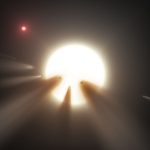
Nearly a year after first making headlines around the world, “Tabby’s star” is still guarding its secrets.
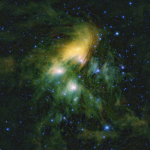
Like cosmic ballet dancers, the stars of the Pleiades cluster are spinning. But these celestial dancers are all twirling at different speeds. Astronomers have long wondered what determines the rotation rates of these stars.
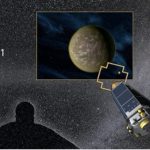
104 new exoplantes discovered by an international science team led at the University of Arizona.
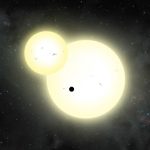
A new giant planet has been discovered within Kepler-1647b.
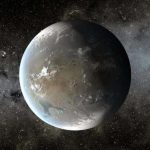
“We found there are multiple atmospheric compositions that allow it to be warm enough to have surface liquid water.” “This makes it a strong candidate for a habitable planet.”
